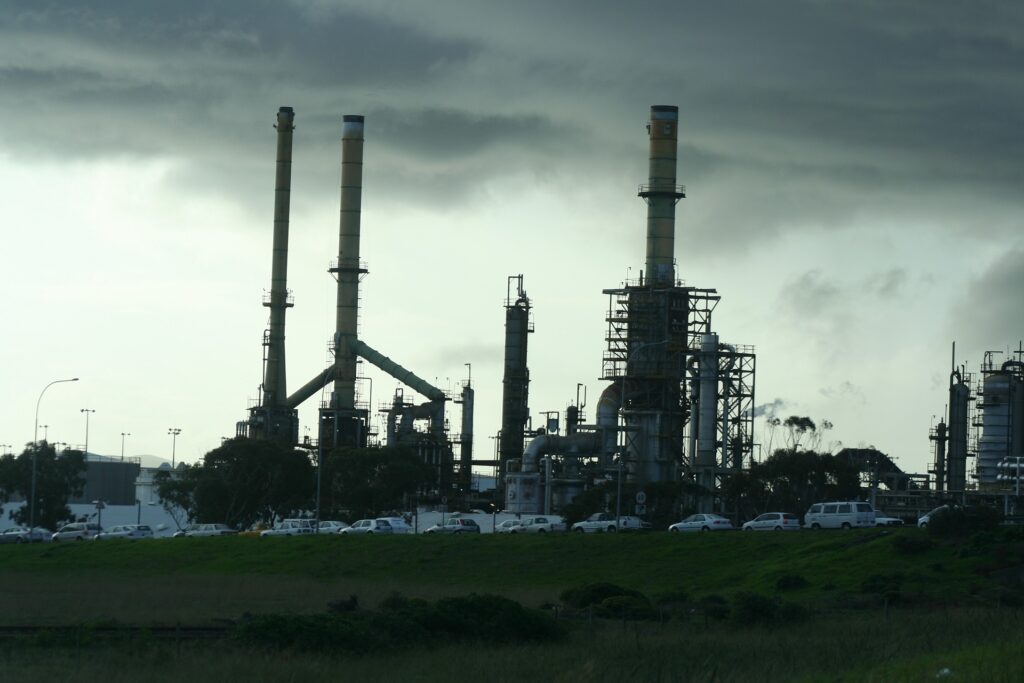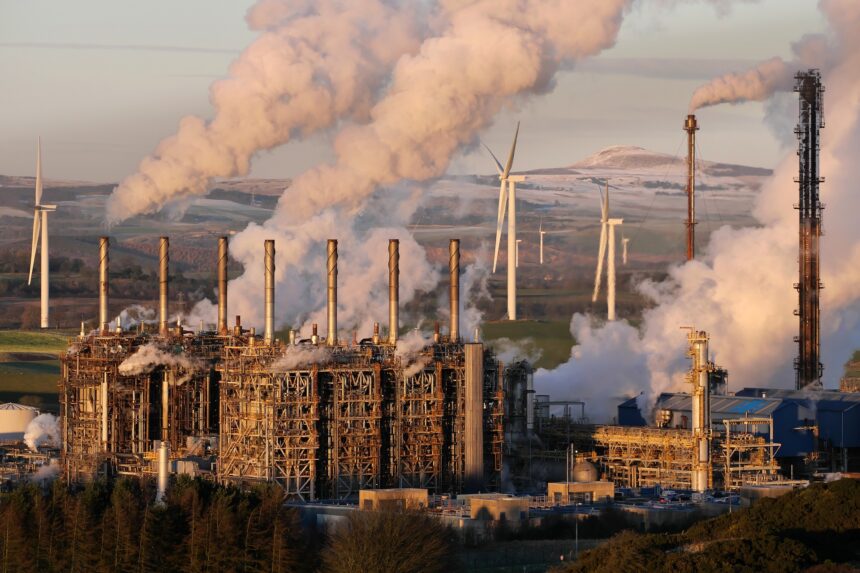In today’s fast-evolving landscape, the convergence of digitalization ethylene and sustainability is reshaping industries worldwide, and the ethylene sector is no exception. The recent announcement of Dow’s ambitious $6.7 billion ethylene cracker expansion project in Fort Saskatchewan, Alberta, underscores how digital innovation and decarbonization are being integrated to foster a more sustainable future. This article delves into the significance of this project, its implications for the ethylene market, and how digital advancements are playing a pivotal role in this transformation.
The Ethylene Industry and Its Challenges
The digitalization ethylene industry serves as a cornerstone of the petrochemical sector, providing a primary building block for various products, including plastics, antifreeze, and synthetic rubber. However, the industry faces increasing scrutiny due to its environmental impact, particularly concerning carbon emissions. As global pressures mount to reduce greenhouse gasses, the need for innovative solutions that combine operational efficiency with sustainability has never been more pressing.
Key Challenges
- Environmental Impact: The ethylene production process is carbon-intensive, contributing significantly to greenhouse gas emissions. The challenge is to minimize this impact while maintaining production efficiency.
- Regulatory Pressures: Governments worldwide are enacting stricter environmental regulations, pushing companies to adopt more sustainable practices.
- Market Demand: As consumer awareness regarding sustainability grows, there is an increasing demand for eco-friendly products, compelling the industry to innovate continuously.
Dow’s Path2Zero Initiative
Dow’s recent expansion project in Fort Saskatchewan aligns with its Path2Zero initiative, which aims for carbon neutrality by 2050. This endeavor is set to decarbonize approximately 20% of Dow’s global ethylene capacity, marking a significant step toward achieving the company’s sustainability goals. The facility is designed to produce around 3.2 million metric tons of polyethylene and ethylene annually, contributing to a more sustainable production process.
Objectives of the Path2Zero Initiative
- Carbon Neutrality by 2050: Dow is committed to reducing its carbon footprint significantly by adopting innovative technologies and practices.
- Investment in Sustainable Technologies: The initiative emphasizes investment in new technologies that can lead to cleaner production processes.
- Collaboration for Climate Solutions: Dow aims to work alongside industry partners to accelerate climate solutions across the supply chain.
Key Features of the Expansion Project
The expansion involves several innovative features aimed at reducing the facility’s carbon footprint:
- Hydrogen-Powered Ethylene Cracker: The introduction of hydrogen power offers a cleaner alternative to traditional fossil fuels in the production process, significantly reducing carbon emissions.
- Cogeneration Systems: Implementing power and steam cogeneration allows for the efficient use of resources, minimizing waste and enhancing energy efficiency. This system utilizes the heat generated during production to power the facility, creating a more closed-loop system.
- Carbon Sequestration: Establishing off-site carbon sequestration systems is critical for capturing emissions before they enter the atmosphere. This initiative not only addresses immediate environmental concerns but also contributes to long-term sustainability goals.
- Digital Infrastructure: The construction includes new control centers equipped with advanced digital tools, facilitating enhanced monitoring and management of operations. This infrastructure will enable real-time data analysis and better decision-making.
The Role of Digitalization
Enhancing Emissions Tracking
Digitalization is at the heart of Dow’s strategy to achieve its sustainability targets. Billy Bardin, Dow’s global climate transition director, emphasizes the importance of digitizing operations from the outset. This approach allows for comprehensive tracking and tracing of emissions, ensuring accurate auditing and verification processes. Bardin explains, “When we look at the facility, we’re trying to understand how we digitize the facility from the start, so that we can get to this track and trace of emissions.” This initiative not only enhances accountability but also fosters a culture of transparency within the organization.
Building a Unified Emissions System
One of the major challenges in carbon tracking is integrating emissions monitoring systems across various platforms. Dow aims to find unified tools that facilitate global visibility and reduce the manual intervention currently required. By collaborating with startups and consulting firms, Dow is exploring long-term, viable solutions that integrate across its operational stack, ensuring data accuracy and real-time monitoring.

Training for a Sustainable Future
To successfully implement these digital solutions, Dow is focusing on developing talent with expertise in both data science and environmental management. This multidisciplinary approach ensures that the company can effectively navigate the complexities of digital transformation while maintaining its commitment to sustainability. Training programs will equip employees with the necessary skills to utilize advanced technologies effectively.
Collaboration for Sustainability
The collaboration between Dow and Schneider Electric exemplifies how organizations can work together to drive sustainability. Nathalie Marcotte, Schneider Electric’s senior vice president, highlights the importance of integrating sustainability efforts with digitalization. Her company’s digital transformation team collaborates closely with the sustainability organization to ensure that clients can meet their climate goals effectively. By making sustainability data more accessible, Schneider Electric empowers all employees to engage in the sustainability journey, reinforcing the idea that every individual plays a role in achieving organizational objectives.
Examples of Collaborative Efforts
- Joint Innovation Projects: Dow and Schneider Electric are working on projects that leverage digital tools to enhance energy efficiency and reduce emissions.
- Data Sharing Initiatives: By sharing data and insights, both companies can better assess their environmental impact and make informed decisions.
Conclusion
The convergence of digitalization ethylene and decarbonization in Dow’s Fort Saskatchewan project signifies a pivotal moment for the ethylene industry. As companies increasingly adopt innovative technologies to enhance operational efficiency and reduce environmental impact, the future looks promising. This project serves as a model for how the industry can evolve, blending traditional practices with cutting-edge digital solutions. As Dow continues to push the boundaries of what’s possible, it sets a precedent for others in the industry to follow, paving the way for a more sustainable and integrated future.
FAQs About Digitalization Ethylene
What is the significance of Dow’s expansion project in Fort Saskatchewan?
The project represents a major step toward decarbonizing the ethylene industry, aiming to achieve carbon neutrality by 2050.
How does digitalization enhance emissions tracking?
Digitalization allows for comprehensive monitoring of emissions, enabling more accurate auditing and verification processes.
What are the key features of the expansion project?
Key features include a hydrogen-powered ethylene cracker, cogeneration systems, carbon sequestration, and advanced digital infrastructure.
Why is collaboration important in achieving sustainability goals?
Collaboration enables organizations to share knowledge, resources, and technology, enhancing the effectiveness of sustainability initiatives.
What role does training play in this digital transformation?
Training develops individuals with expertise in data science and environmental management, ensuring effective implementation of digital solutions.







